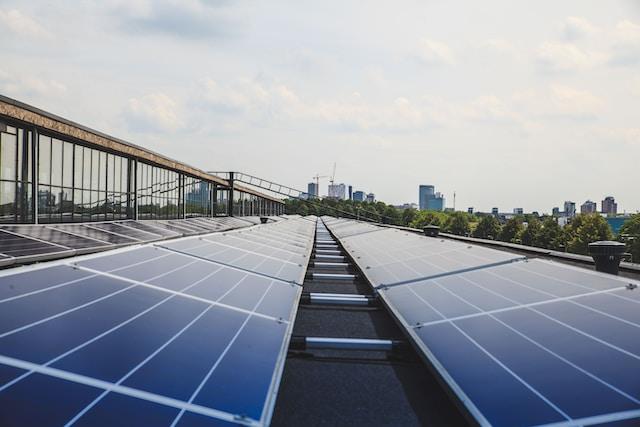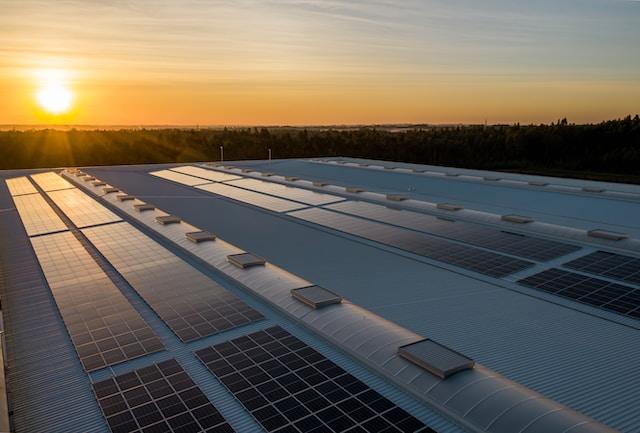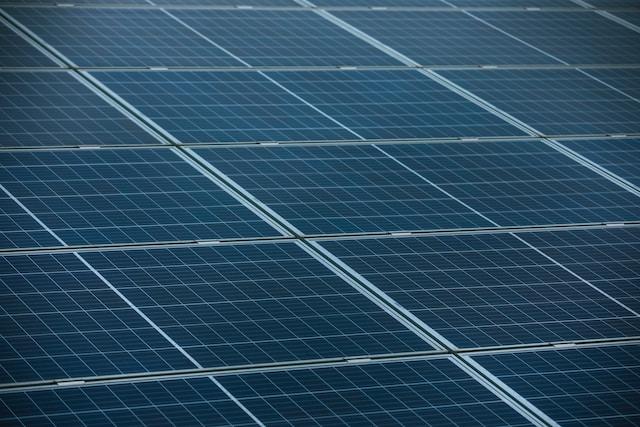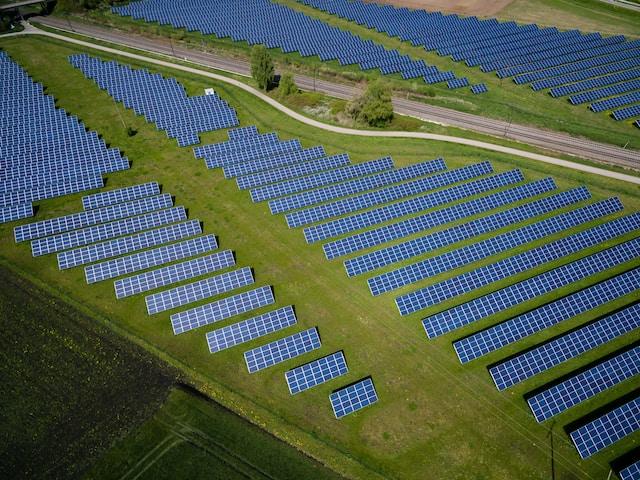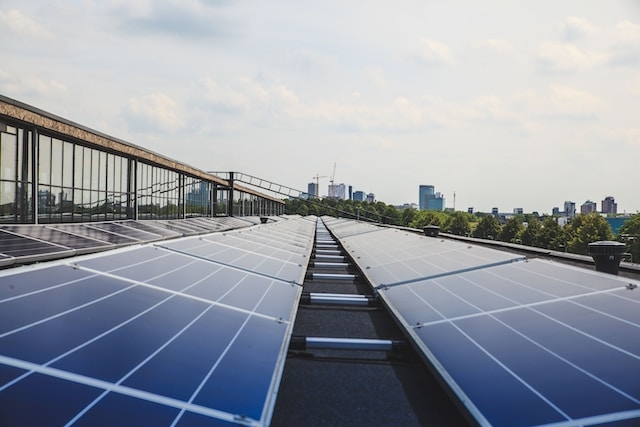
Unlocking the Solar Revolution: A Comprehensive Guide to Concentrated Solar Power Systems and Advancing Renewable Energy Goals
Introduction
In today's eco-conscious world, concentrated solar power (CSP) emerges as a groundbreaking renewable energy technology, playing a pivotal role in transitioning to a sustainable future. With a growing demand for green energy alternatives, CSP systems harness the sun's abundant power to generate clean electricity, significantly reducing our carbon footprint. Unlike traditional photovoltaic solar panels, CSP technologies use mirrors or lenses to concentrate sunlight, producing high-temperature heat that is then converted into electricity. This article serves as an in-depth guide, exploring the various types of concentrated solar power systems, their functioning, advantages, and challenges, as well as the impact CSP can have on global renewable energy goals. Discover how CSP can transform the way we generate power and contribute to a more environmentally responsible future.
Types of Concentrated Solar Power Systems
Diving into the world of concentrated solar power (CSP) systems, there are four primary types that dominate the market: parabolic trough systems, linear Fresnel systems, dish Stirling systems, and solar power towers. Each type of CSP technology offers its own unique set of advantages and characteristics, making them suitable for various applications and environments. Parabolic trough systems, the most prevalent CSP technology, employ curved mirrors that concentrate sunlight onto a single tube containing a heat transfer fluid. The fluid heats up and transfers this energy to create steam, which powers a turbine to generate electricity. These systems boast a proven track record and have been widely deployed in large-scale solar power plants. Linear Fresnel systems utilize flat or slightly curved mirrors to direct sunlight toward a linear receiver. The key advantage of this design is the ability to track the sun's movement more accurately, ensuring consistent sunlight concentration throughout the day. While typically less efficient than parabolic trough systems, linear Fresnel systems can be more cost-effective due to their simpler design and lower material requirements. Dish Stirling systems feature a parabolic dish-shaped mirror that focuses sunlight onto a heat exchanger connected to a Stirling engine. The concentrated heat causes the gas within the engine to expand and contract, driving a piston that generates electricity. Although dish Stirling systems offer high efficiency, their smaller power output makes them better suited for smaller-scale applications. Finally, solar power towers employ a large array of flat mirrors, called heliostats, which concentrate sunlight onto a central receiver mounted on a tall tower. The heat transfer fluid in the receiver, often molten salt, is heated by the concentrated sunlight and used to produce steam that drives a turbine to generate electricity. Solar power towers hold great potential for high efficiency and energy storage capabilities, making them an attractive option for large-scale power generation. Understanding the unique features and benefits of each type of concentrated solar power system is crucial for anyone considering investing in this rapidly growing renewable energy sector. By exploring the nuances of parabolic trough, linear Fresnel, dish Stirling, and solar power tower technologies, potential adopters can make informed decisions and contribute to the global transition towards sustainable energy solutions.
How Concentrated Solar Panels Work
Concentrated solar power (CSP) systems have a unique method of generating electricity that sets them apart from traditional solar panels. By understanding the three key steps in the CSP process—focusing sunlight, generating high-temperature heat, and converting that heat to electricity—you can better appreciate the potential of this innovative renewable energy technology. Firstly, CSP systems utilize mirrors or lenses to concentrate sunlight on a single point or area, known as the receiver. This focused sunlight dramatically increases the intensity of the solar energy, which is essential for generating high-temperature heat. The type of CSP system determines the specific method of concentrating sunlight, whether it's through parabolic troughs, linear Fresnel mirrors, dish-shaped mirrors, or heliostats. Secondly, the concentrated sunlight raises the temperature of the heat transfer fluid inside the receiver. Depending on the system, this fluid could be synthetic oil, molten salt, or even air. In some instances, temperatures can reach up to 1,000 degrees Celsius (1,832 degrees Fahrenheit). Lastly, the high-temperature heat transfer fluid is used to create steam by passing it through a heat exchanger. The steam powers a turbine, which in turn generates electricity. This efficient process harnesses the sun's abundant energy, transforming it into a clean and sustainable power source that contributes to a greener future.
Advantages of Concentrated Solar Panels
As the world shifts toward renewable energy, concentrated solar power (CSP) systems present a range of advantages that make them a compelling option for those looking to invest in clean energy solutions. Understanding the benefits of CSP technology can help inform decision-making and promote the adoption of this innovative energy source. One significant advantage of CSP systems is their high energy efficiency. By concentrating sunlight to generate high-temperature heat, these systems can achieve efficiency levels that surpass traditional photovoltaic solar panels. This increased efficiency translates to more electricity produced for the same amount of sunlight. Energy storage capabilities are another attractive feature of CSP technology. Some systems, such as solar power towers, use molten salt as the heat transfer fluid, which can store heat for extended periods. This stored energy can then be used to produce electricity even when the sun is not shining, ensuring a reliable and consistent power supply. CSP systems also offer great potential for large-scale power generation, with solar power plants capable of producing hundreds of megawatts of electricity. This scalability makes CSP an ideal option for utility-scale renewable energy projects, contributing significantly to a region's energy mix. Lastly, the environmental benefits of concentrated solar power cannot be overstated. By generating clean electricity with minimal greenhouse gas emissions, CSP systems help combat climate change and reduce dependence on fossil fuels. The adoption of CSP technology supports a cleaner, greener future, and bolsters global efforts to mitigate the impacts of climate change.
Challenges and Limitations
While concentrated solar power (CSP) systems offer numerous advantages, it's essential to consider the challenges and limitations associated with this renewable energy technology. Acknowledging these potential obstacles can help stakeholders make informed decisions and devise strategies to overcome them. One significant challenge facing CSP systems is the high initial investment costs. The complex designs and specialized components used in these systems can lead to higher upfront expenses compared to other renewable energy technologies. However, declining costs and improving efficiency may offset this concern over time. Water consumption is another potential limitation, as some CSP systems require water for cooling purposes. In arid regions where water resources are scarce, this can raise concerns about the sustainability of large-scale CSP installations. Exploring alternative cooling methods, such as dry cooling, can help mitigate this issue. Geographic location also plays a crucial role in the viability of CSP systems. These technologies perform best in areas with high direct sunlight, such as deserts. Regions with more diffuse sunlight or frequent cloud cover may not provide optimal conditions for CSP installations. Finally, the intermittency of solar energy can present challenges for CSP systems, as they rely on sunlight to generate power. Backup power sources or energy storage solutions are often required to maintain consistent electricity supply during periods of low sunlight. Despite these limitations, ongoing research and technological advancements are continuously addressing these challenges, making concentrated solar power a promising renewable energy option for the future.
Cost Analysis and Financial Incentives
When considering an investment in concentrated solar power (CSP) systems, it's crucial to examine the cost analysis and potential financial incentives available. Gaining a clear understanding of the associated costs and support mechanisms can help potential adopters make informed decisions and maximize their renewable energy investment. The average costs of CSP systems can vary significantly based on factors such as the type of technology, scale of the project, and geographic location. Generally, CSP installations have higher upfront costs compared to traditional photovoltaic solar panels; however, their increased efficiency and potential for large-scale power generation can offset these expenses over time. Several factors influence the overall cost of CSP systems, including labor and installation expenses, land acquisition costs, and the price of specialized components like mirrors and heat transfer fluids. It's essential to consider these factors when comparing the costs and benefits of various CSP technologies. To encourage the adoption of renewable energy, governments worldwide often provide financial incentives and support for CSP projects. These incentives can take the form of tax credits, rebates, grants, or low-interest loans, and can significantly reduce the upfront costs associated with CSP installations. Staying informed about available financial support and government initiatives can help ensure the long-term success and viability of your concentrated solar power investment.
Real-World Examples and Case Studies
Examining real-world examples and case studies of successful concentrated solar power (CSP) projects can provide valuable insights into the technology's potential and offer practical lessons for future implementations. By studying existing installations, potential adopters can learn from both the successes and challenges experienced by others in the field. One notable example of a successful CSP project is the Noor Complex in Morocco. This massive solar power plant, comprising multiple CSP installations, is one of the largest in the world and generates enough electricity to power over a million homes. The project demonstrates the impressive scalability of CSP technology and its ability to contribute significantly to a region's energy mix. In the United States, the Ivanpah Solar Electric Generating System is another noteworthy CSP installation. Utilizing solar power tower technology, the facility covers over 3,500 acres and generates approximately 392 megawatts of electricity. Ivanpah showcases the potential of solar power towers for large-scale renewable energy generation. These real-world examples and countless others underscore the significant role CSP technology can play in the global transition to clean energy. By examining the triumphs and hurdles encountered in existing projects, stakeholders can glean valuable information, refine best practices, and implement effective strategies to ensure the continued growth and success of concentrated solar power systems around the world.
The Future of Concentrated Solar Panels
The future of concentrated solar power (CSP) systems appears promising, with continued technological advancements, innovations, and favorable market trends paving the way for increased adoption of this renewable energy source. As the global push for sustainable energy solutions intensifies, CSP technology is poised to play an increasingly significant role in the energy landscape. Technological advancements and innovations in CSP systems are crucial for overcoming current limitations and increasing efficiency. Researchers are exploring new materials and designs to improve the performance of mirrors, heat transfer fluids, and other components, further reducing costs and enhancing the competitiveness of CSP technology. These innovations could help expand the potential applications of CSP, bringing the benefits of this renewable energy source to even more people. Market trends indicate a growing interest in large-scale renewable energy projects, and CSP systems are well-suited to meet this demand. As governments and businesses around the world recognize the value of investing in clean energy, the market for CSP technology is expected to expand, creating new opportunities for growth and development. Moreover, the integration of CSP systems with other renewable energy sources can help create more resilient and diverse energy grids. For example, combining CSP installations with wind farms or photovoltaic solar panels can optimize the use of land resources and create synergies between different renewable technologies. Such hybrid systems offer the potential for a more sustainable, secure, and efficient energy future, underscoring the importance of continued investment in concentrated solar power.
Conclusion
In conclusion, concentrated solar power (CSP) is a promising and sustainable renewable energy source that offers significant advantages in energy efficiency, large-scale power generation potential, and environmental benefits. While CSP technology faces challenges such as high initial investment costs and intermittency, ongoing research and development, and government incentives can help overcome these obstacles. Continued investment in renewable energy sources is crucial for addressing climate change and promoting sustainable development, and CSP is an essential part of this equation. Therefore, it is essential to explore concentrated solar power as a viable and sustainable option to meet the world's growing energy needs.
Apr 5, 2023
Share:
Fresh off the Press
Continue reading
Newsletter
Your journey towards a sustainable lifestyle starts here!
Join our newsletter for the latest on solar panels and clean energy breakthroughs.

